The sometimes-maligned .380 is still a favorite carry choice. Here we test three of the more popular .380 carry pistols side-by-side.

One of the hottest choices of concealed carry guns for the small gun/comfortable group is the semi-auto .380s. They’re very light and extremely slim, and you can carry one anywhere without the slightest discomfort. There are a lot of models, and getting all of them together for a test was a daunting task.
I don’t like daunting tasks, so I chose the three I thought best represented the cream of the crop. They certainly represent the most popular, one being new this year, but having a strong brand following, the other two having strong sales records.
The new gun on the block is the Glock 42. The new .380 may be a single-stack .380, but it’s Glock through and through. The 42 has the same Glock trigger, the standard easy-to-see Glock sights and the same styling and controls of its bigger brothers.
It’s a little bigger than most .380 semi-autos, falling between the average .380 and the smaller 9s like the S&W Shield. While guns like the PPK are larger, I guess you could say it’s the largest of the subcompact .380s.
The second gun in the test is the iconic Ruger LCP. These little guns have probably been as close to the cause of the shortage in .380 ammunition as any other models. The LCP is the smallest of the three and also the simplest.
The Ruger design is double action but doesn’t have re-strike capability. The trigger pull doesn’t completely cock the hammer, meaning a dud round requires a cycle of the slide like the striker-fired Glock. Another distinguishing feature is the lack of slide lock on the last round in the magazine.
The slide won’t lock to the rear on the last shot, but you can lock the slide back manually for safety and cleaning. Clearing a malfunction on a tiny .380 can be a trying and potentially dangerous experience without the slide locked back. For sighting, the Ruger has a small milled bump for a front sight and a milled groove in the rear.
The third gun is the S&W Bodyguard, a subcompact with full double-action-only operation, a slide lock and a built-in laser. The laser switch is activated with buttons on either side of the frame forward of the trigger guard. Slightly larger and heavier than the Ruger, the Bodyguard also has a thumb safety and uses a Baughman Quick Draw ramped front sight and a ramped rear sight. Both front and rear sights are dovetailed into the slide.
All the guns use polymer frames and steel slides. All three also have 6 + 1 capacity, and shoot the .380 or 9mm Kurtz round. All three guns represent what their manufacturers believe to be the best way to build a subcompact .380. All have advantages.
The Ruger is the smallest and lightest at less than 10 ounces, but the slide doesn’t lock back on the last round and it has tiny sights. The Glock is the easiest to shoot because of its size, has the best sights and the benefit of the same trigger as larger Glock models. The Bodyguard has double-action re-strike capability, a manual safety and a laser as standard equipment.
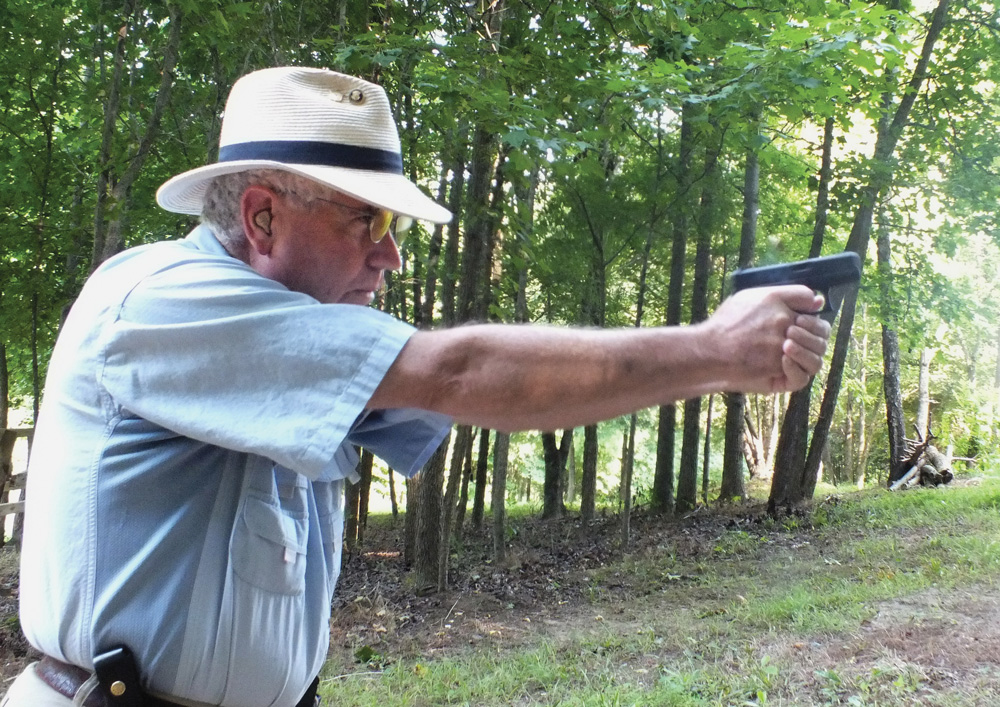
Shooting Impressions
The Ruger LCP is certainly the smallest of the three guns. It’s also the lightest, but it has the least features. While an extended 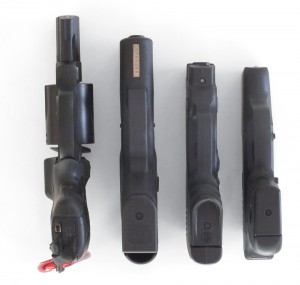 gunfight with a .380 seems unlikely, a slide that locks back on the last round is a valuable feature. At least there’s a manual slide lock. Naturally its lightweight property and small size resulted in the most recoil, and though it didn’t feel out of control, I suspect follow-up shots were slower.
gunfight with a .380 seems unlikely, a slide that locks back on the last round is a valuable feature. At least there’s a manual slide lock. Naturally its lightweight property and small size resulted in the most recoil, and though it didn’t feel out of control, I suspect follow-up shots were slower.
The LCP also had the longest trigger stroke and the shortest distance from the web of my hand to the trigger. I suspect this made the trigger feel less manageable, but a shooter with a smaller hand might not notice. The sights are tiny, but I shot a smaller group with the LCP than with the Glock. There were no malfunctions, and even when I held it loosely in one hand, I couldn’t make it not function.
I did notice one issue on the Ruger that might create problems for shooters with poor hand strength. In teaching concealed carry, I have a lot of new shooters and many are older women. Most of those women have trouble cycling the slide on most semi-autos.
I had a few women cycle the slide on all three of these pistols, and all agreed the Ruger was the most difficult. This is partially because of the small size, but it’s also because of the way the Ruger unlocks. As the unlock sequence nears completion there’s a secondary resistance that caused weaker hands to lose their grip of the slide. For older women with weak hand strength, cycling the slide might not be possible.
The Glock was certainly the easiest to shoot well, and it had the least recoil. It also had the best trigger and hand position. Shooting it felt like I was shooting a larger gun. Even though the grip is about the same length as the Bodyguard, it felt longer. I think this is because of the way the shape of the rear tang fits into the palm of my hand.
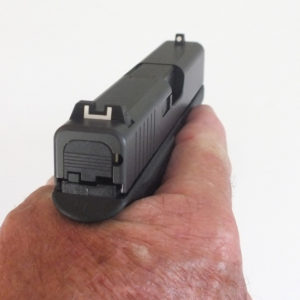
The Glock also clearly had the best sights, though it shot the largest group. If you look at the group, though, you’ll notice that seven bullets went into a knot with an extreme spread of just .641. I suspect I bear the responsibility for the other three shots. The Glock did experience one malfunction—a double feed on the second round from a full magazine. This happened when I was holding the gun normally. It cycled every time with the loose hold, but in one session the slide failed to lock back.
The most accurate of the three was the Bodyguard. It shot a cluster with three shots that were flyers. The total group was the smallest, but the seven-shot cluster measured only .462 center to center. At seven yards standing with a pocket pistol, this is remarkable accuracy. It also shot closest to point of aim, with the seven-shot cluster taking out the 3/4-inch aiming point almost completely.
The trigger has a long stroke, but it’s very manageable, and sights are small but easy to see and line up. It was also the easiest to stroke the slide, stroking smoothly and with a more comfortable gripping area. The safety is an added plus, and while it took a hard push to engage it, it was reasonably easy to disengage.
The Bodyguard was the overall winner, at least for me. Not as small as the Ruger, it has a slide that locks on the last round, a manual safety, good sights and trigger, and a laser to boot. It’s mid-priced of the three guns and cheaper than a Ruger LCR equipped with a laser.
A true double action with re-strike capability, the features simply outweigh the other guns. The women who handled the guns, rating slide stroke and trigger pull, all gave it the best marks. The re-strike capability is invaluable for those who aren’t the best at the tap/rack drill.
Those who have preferences towards a more manageable gun will like the Glock better. Those most interested in small size will likely go for the Ruger, and of course brand loyalty can and will play a part in an individual’s choice, but when I consider the whole package, I have to go with what the Bodyguard had to offer.



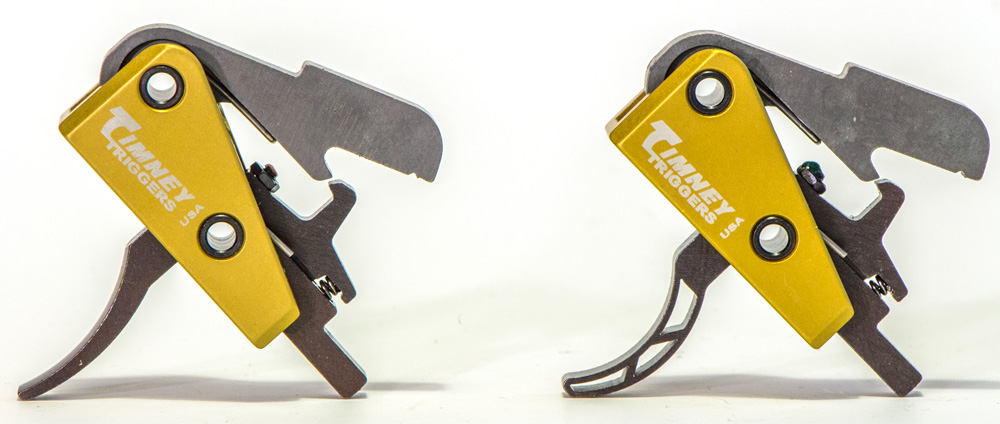

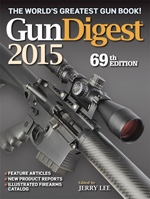

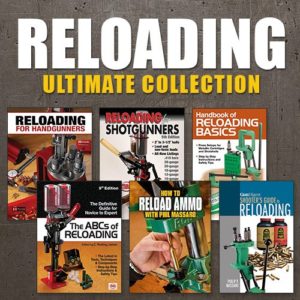
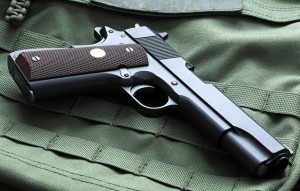
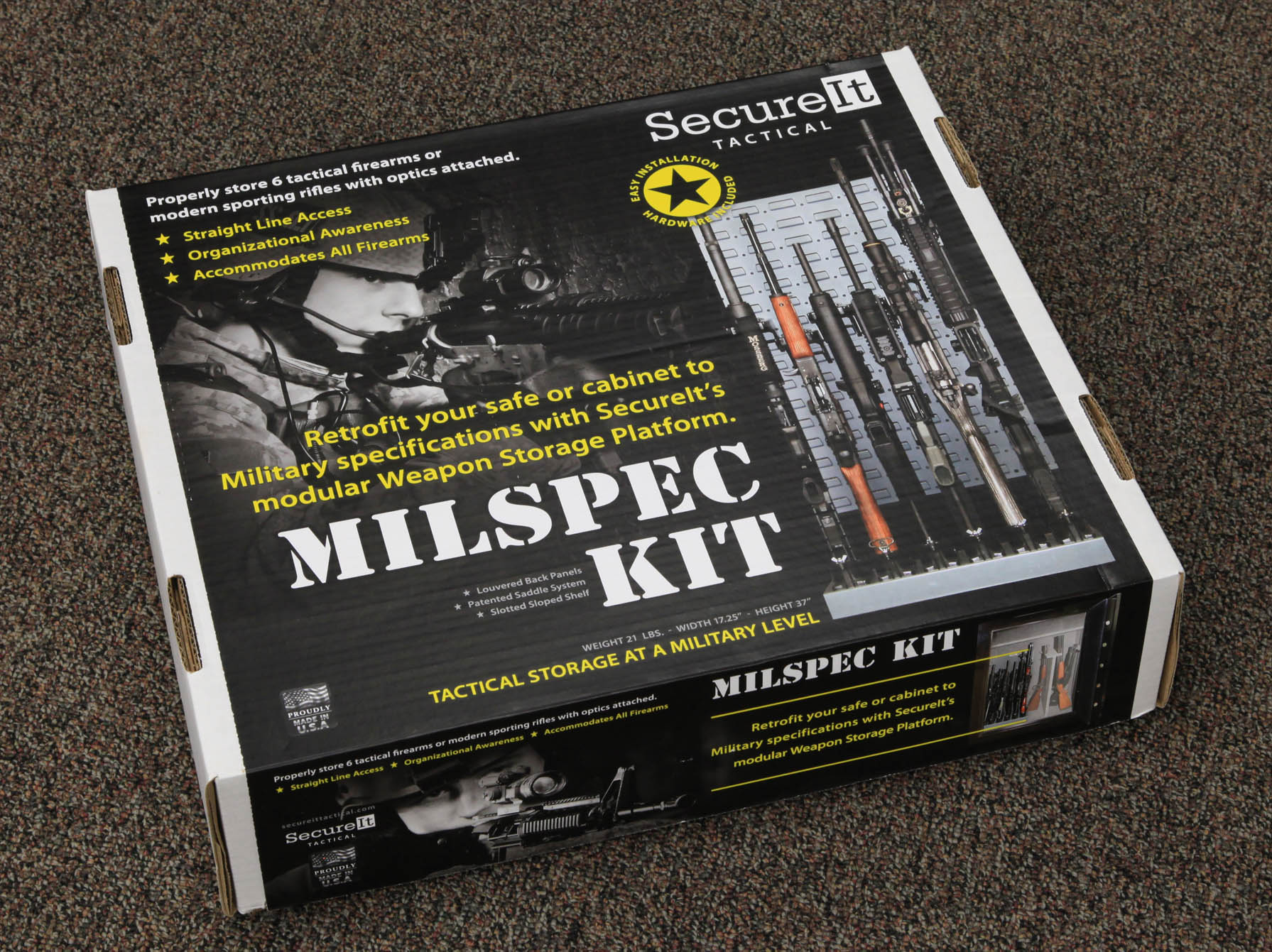

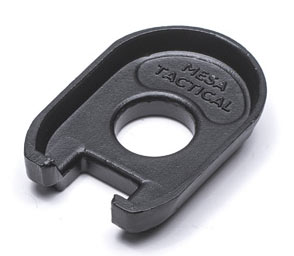
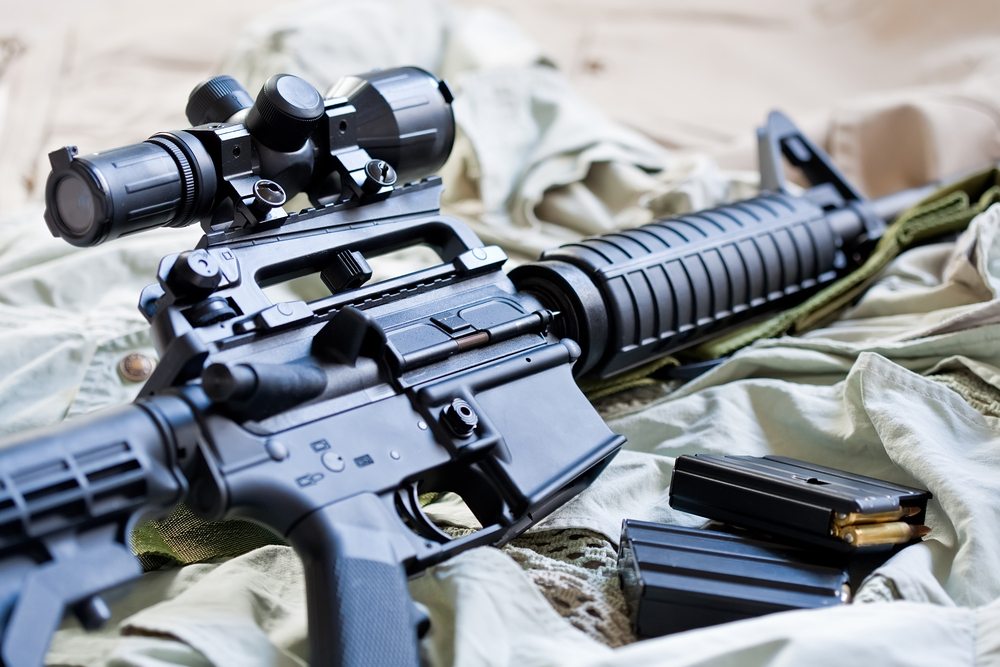



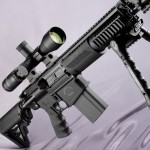
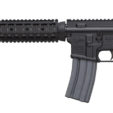

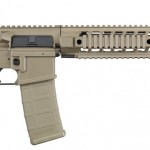
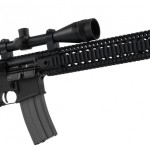
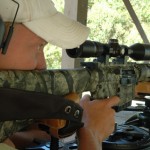
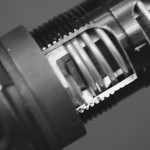
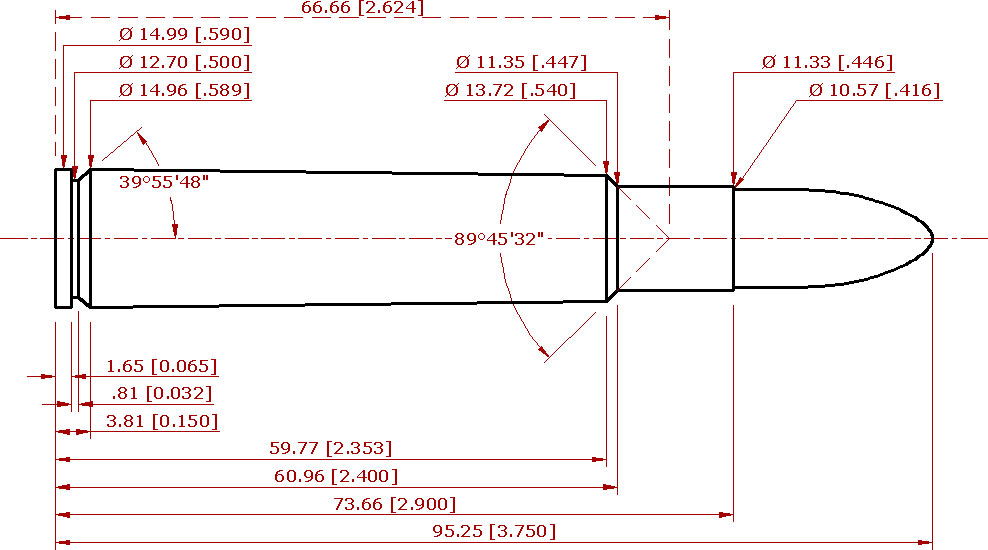
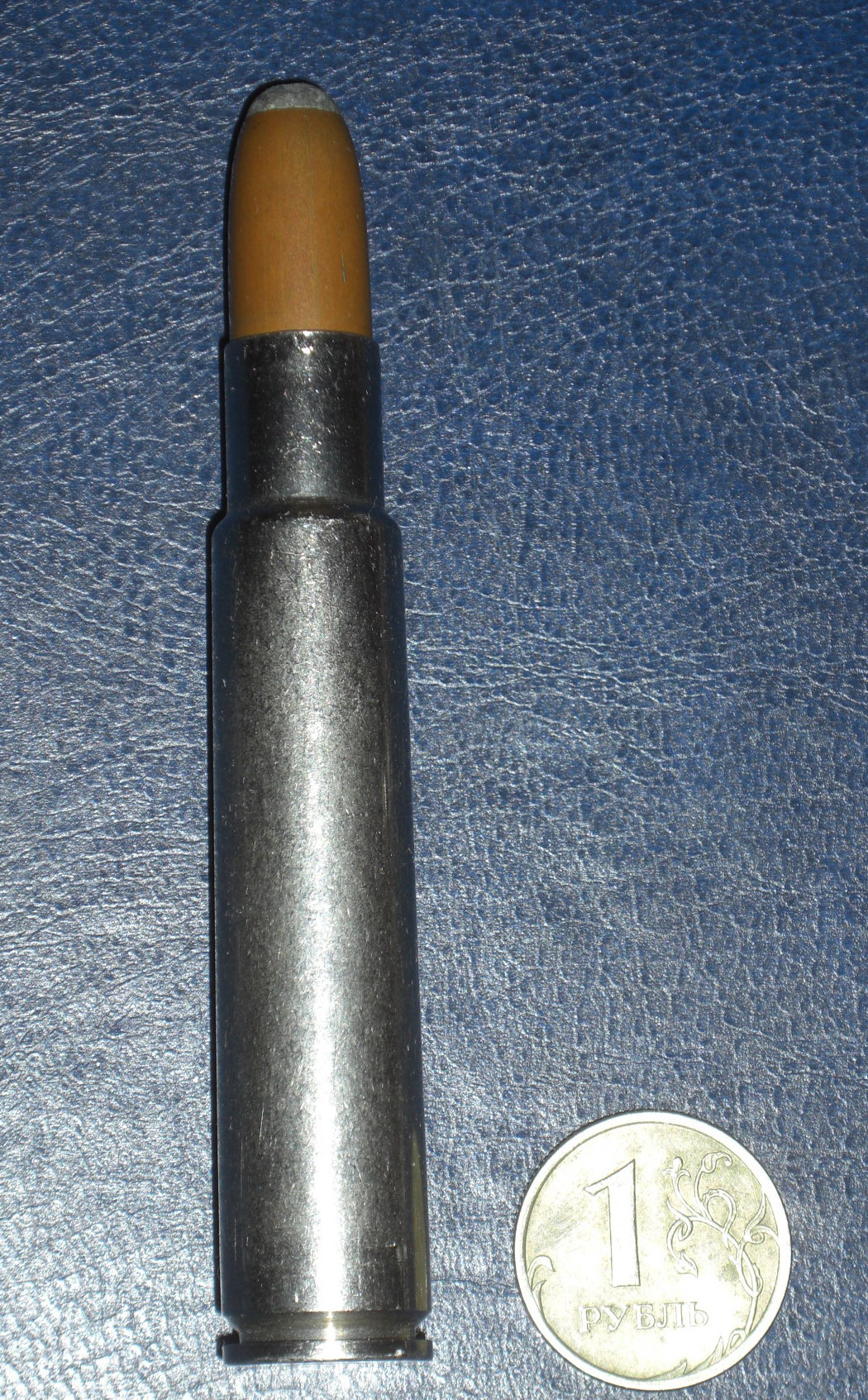
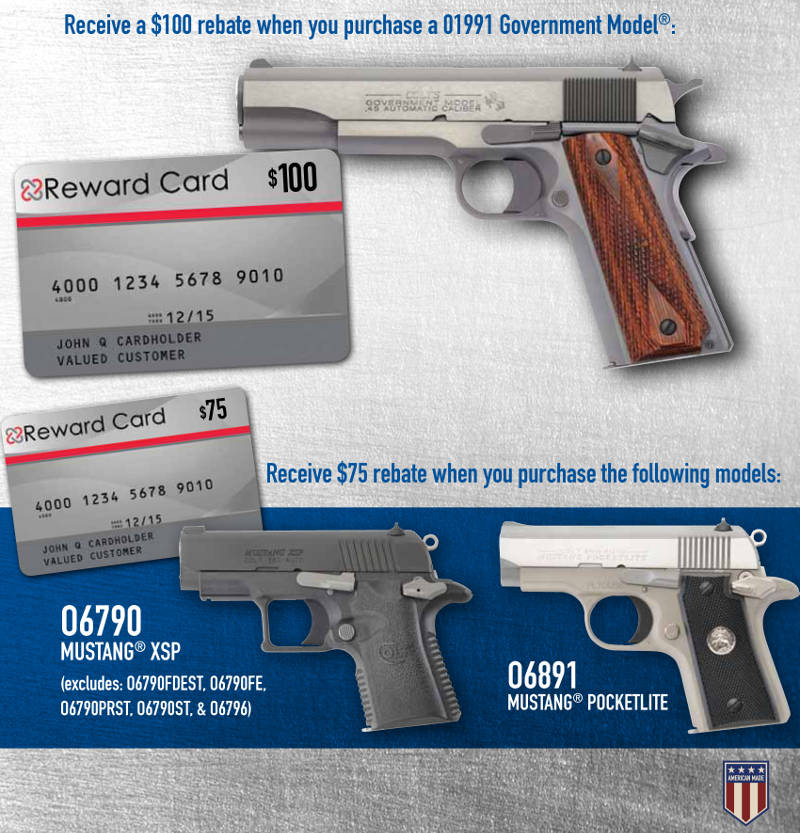
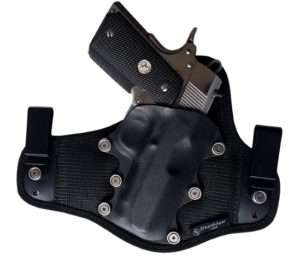

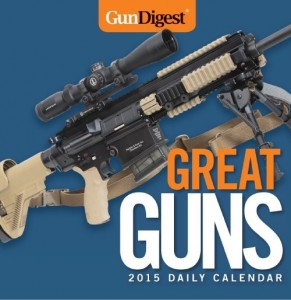
![Best Concealed Carry Guns In 2025 [Field Tested] Wilson Combat EDC X9S 1](https://gundigest.com/wp-content/uploads/Wilson-Combat-EDC-X9S-1-324x160.jpg)


![Best 9mm Carbine: Affordable PCCs [Tested] Ruger Carbine Shooting](https://gundigest.com/wp-content/uploads/Ruger-Carbine-Shooting-100x70.jpg)
![Best AR-15: Top Options Available Today [Field Tested] Harrington and Richardson PSA XM177E2 feature](https://gundigest.com/wp-content/uploads/Harrington-and-Richardson-PSA-XM177E2-feature-100x70.jpg)
